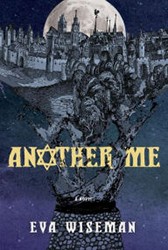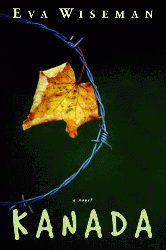Seventeen-year-old Chanie Altman, a Hasidic Jewish girl, has grown up in the tight-knit community of the Lubavitchers in Crown Heights of the 1990s and has had her life meticulously outlined for her. She is expected to dress modestly, to be obedient to her parents and the Rebbe, their spiritual leader, and to marry someone of her background as soon as she finishes high school. Besides following the strict rules of her faith, Chanie assists her mother in taking care of her handicapped twin brother Moishe who was deprived of oxygen at birth and needs to be fed, bathed, and monitored on a daily basis. Chanie daydreams of a different life and her only escape is singing; she has been blessed with a beautiful voice and imagines what it might like to become an opera star! When Chanie goes with her friend Devorah Leah to the mall on a mission to pass out Shabbos candlesticks, she is introduced to a young man David Goldberg. There is an instant attraction between the two and David is determined to become part of Chanie’s life, no matter the consequences. David opens her eyes to opportunities in the secular world such as going to college and convinces her to apply to Juilliard. As they continue to secretly meet in the park on Sundays, Chanie’s confidence grows and she reaches out to her African-American neighbor, Jude, an act of defiance that her mother finds unacceptable. There is an underlying racial tension in the neighborhood and a series of frightening raids begin to occur. Chanie’s grandmother, a Holocaust survivor, has flashbacks of her time in Auschwitz, and gets caught in the crossfire as she escapes into the volatile crowds. The loss of her “Baba” and the lack of stability around her is too much for Chanie to bear and awakens her to the realization that being part of the Hasidic world, not the world outside, is where she wants to live her life.
Award-winning author, Eva Wiseman, does an excellent job of creating a provocative, stark view of the Hasidic way of life. The protagonist is a sensitive, memorable character with a sense of curiosity to whom teens can relate as she is tempted by the unknown and has desires and unfilled dreams. While some readers may be disappointed by her final decision, which is a difficult one, her internal turmoil is skillfully conveyed and the end rings true. The text often is flavored with some Yiddish expressions and unfamiliar terminology; a complete glossary is provided at the end of the story. The book is helpful in developing sensitivity to diversity and can be contrasted to Barry Deutsch’s Hereville: How Mirka Got Her Sword (2012).
Recommended for ages 12 and up.




